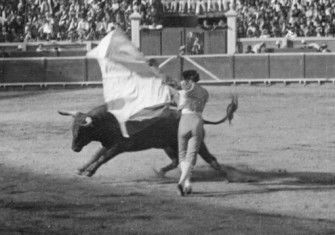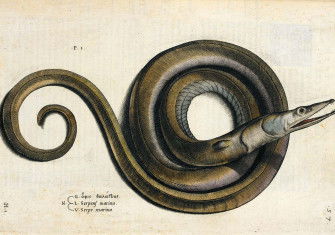The Great Migration Mystery
It was once believed that swallows spent their winters on the Moon, or asleep on river beds.
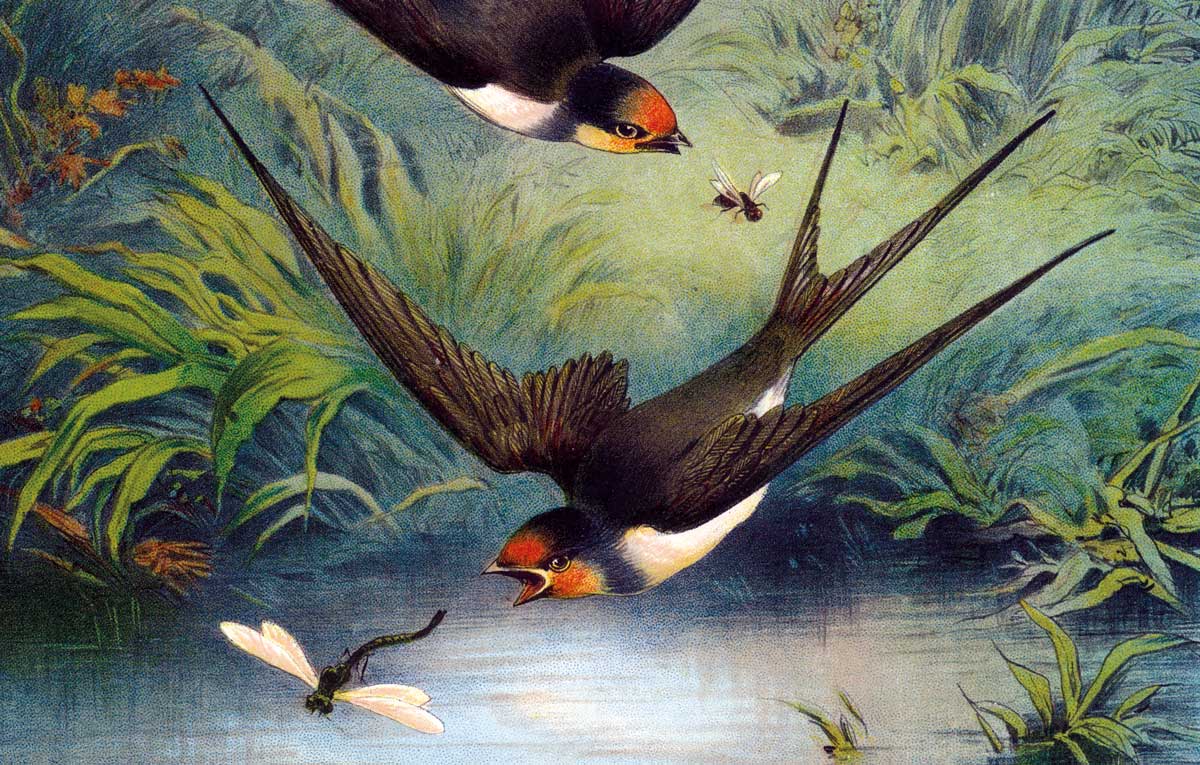
At some point before 1680 the English educator Charles Morton made the startling discovery that swallows were living on the Moon. As he explained in his Compendium physicae, it was obvious, when you thought about it. Everyone knew that swallows disappeared in the winter; but no one seemed to know where they went. Morton had looked everywhere. They didn’t seem to hide in their nests, in the clefts of trees, or even at the bottom of ponds. He therefore reasoned that they must be somewhere else, where no one could find them – namely, the Moon. And why not? Morton was well aware that Galileo had found mountains and seas on the Moon 70 years before; and he had probably also read Francis Godwin’s The Man in the Moone (1638), in which an imaginary traveller meets a race of birds on its surface.
The swallows’ journey was less arduous than might have been imagined, Morton argued. According to his calculations, they flew at an average speed of 125 miles per hour for two months. During their trip, they encountered no air resistance and were unaffected by gravity. They were sustained by excess body fat, stored away during the summer months, and spent most of the time asleep, waking up only when they felt the lunar cold.
It was, of course, the most appalling hogwash. That Morton – an otherwise brilliant man – should have proposed such a fanciful solution to the mystery of the swallow’s whereabouts was the result of an intense battle over the nature of scientific reasoning, which had been raging for centuries – and which is still raging today.
Hidden hirundines
Like so many of the most challenging problems, the ‘swallow problem’ hadn’t seemed all that difficult at first. Keen observers of nature, the earliest Greeks were aware that swallows disappeared. Indeed, so proverbial was the swallows’ absence that poets and playwrights used them as a shorthand for the coming of winter and the return of spring. In Works and Days, Hesiod noted that, when the ‘shrill-voiced’ swallow came ‘to call men to the dawn’, the time for pruning vines had passed; while in Aristophanes’ Birds, its appearance was a sign that people should ‘sell their warm tunic and buy some light clothing’. Common sense told them that swallows migrate abroad – although where they could not say. Given that some lived in Egypt all year round, as Herodotus had noted, they assumed it must be somewhere hot.
The trouble began with Aristotle. Unlike many earlier philosophers, whose approach had been essentially anecdotal, his attempt to understand the natural world was based on a structured methodology. He would first observe an animal as carefully as he could and then endeavour to infer general truths about the species, based on what he had seen. This represented a dramatic advance. But insofar as swallows were concerned, his fondness for generalisation led him to an unusual conclusion. In his Historia animalium he noted that some swallows had been found ‘in hollow places, almost stripped of feathers’. From this, he reasoned that, while some swallows, which live near to the places of which they are ‘permanent’ inhabitants, migrate, others, which live further away, choose to hibernate instead, hiding themselves in the hollows of trees during winter months.
For many years, Aristotle’s argument had little impact – especially among the Romans. Eclectic by inclination and syllogistic by temperament, they often preferred to place their trust more in particulars they knew from experience than in any generalities they might infer. In common with earlier Greek writers, Marcus Varro – a noted lover of birds – recognised that swallows were ‘strangers’ (advenae); while Pliny the Elder had no doubt that they migrated to ‘neighbouring countries’, such as Egypt or Libya, where they sought ‘sunny retreats … on the mountain sides’.
Buttressed by the Christian adoption of swallows as an allegory of the soul, such sensible views enjoyed wide currency in the centuries which followed. In the early seventh century, for example, Isidore of Seville noted simply that the swallow ‘flies across the sea and dwells there in the winter’. So too, in the 12th century, the Aberdeen Bestiary observed that ‘the swallow flies across the sea, as the truly penitent long to quit the sorrows and commotions of this world’.
With the rediscovery and translation of Aristotle’s works in the mid-13th century, however, the myth of the hibernating hirundine reared its head again. Sanctioned by the authority accorded to the Stagirite’s name and strengthened by the widespread adoption of his inductive methodology, it soon gained status as an established fact, embellished with all manner of speculation. In his Quaestiones super De animalibus (1258), for instance, the scholastic philosopher Albertus Magnus not only repeated the fantasy that swallows hibernated during the winter, but went on to suggest that they actually stopped breathing while hidden.
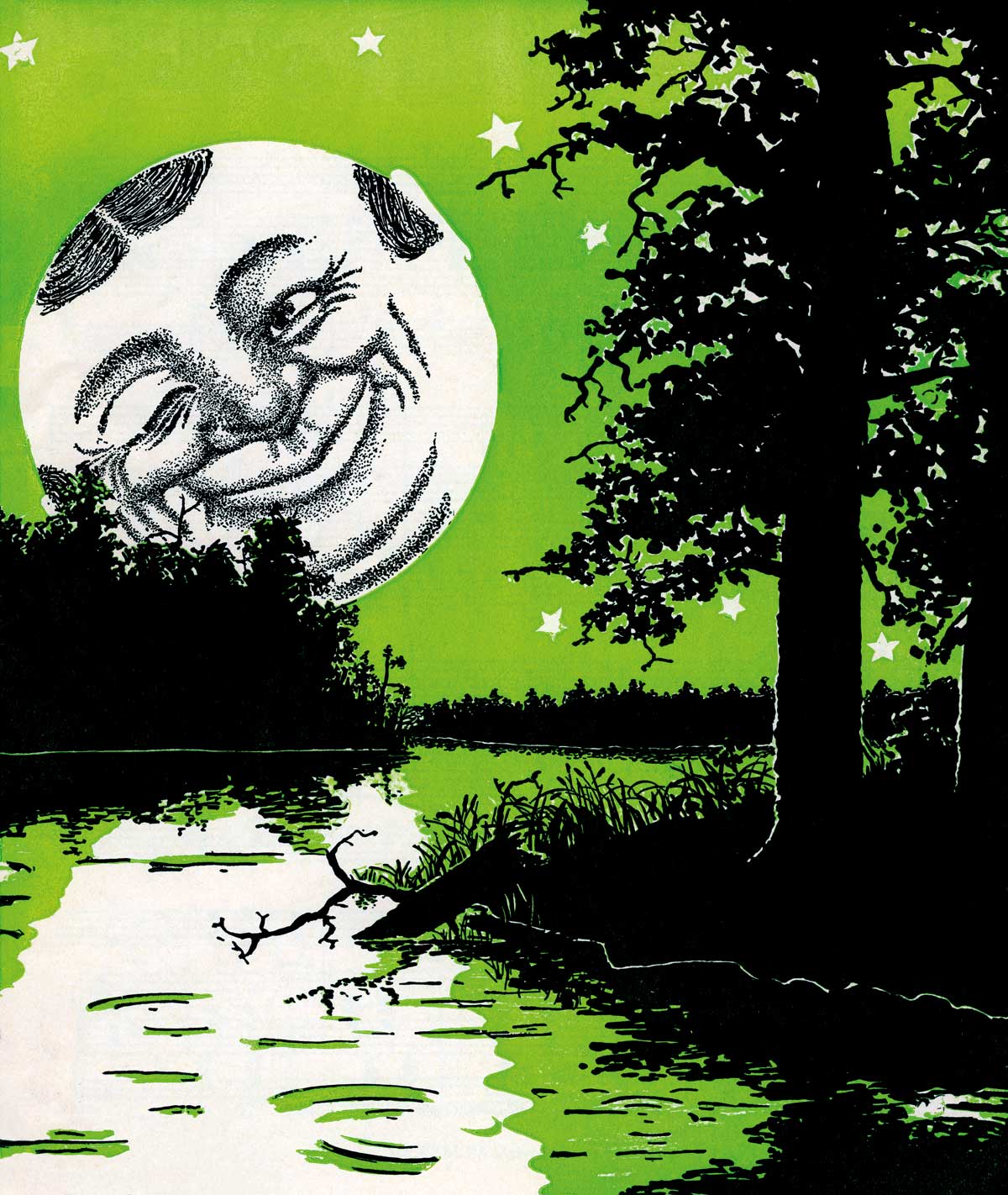
Neither the coming of the Renaissance nor the Voyages of Discovery did anything to dent the popularity of Aristotle’s thesis. Though classical texts were now read with a more critical eye, the hibernation of swallows continued to enjoy widespread acceptance. In the third volume of his Historia animalium (1551), the Swiss naturalist, Conrad Gessner repeated Aristotle’s views unquestioningly; while in the Shepheardes Calender (1579), Edmund Spenser observed that spring begins when the swallow ‘peeps out of her nest’.
Indeed, even more ridiculous versions of Aristotle’s theory began to appear. The most extraordinary came from the Swedish archbishop, Olaus Magnus. In Historia de gentibus septentrinalibus (1555) Magnus reasoned that, since swallows could often be seen diving into pools to drink, they hibernated not in hollows or nests, but underwater. At autumn’s end, he explained, they gathered over lakes and rivers, before plunging headlong into the depths and allowing themselves to sink to the bottom. There they remained, immersed in mud, until the coming of the spring. According to Magnus, this was a fact well known to fishermen. Whereas the inexperienced dragged them up in nets in the vain hope of reviving them, the old hands – who knew that they could not survive the experience – let them be.
The wanderer returns
By the beginning of the 17th century, however, Aristotle’s hold had begun to weaken. Following the publication of Francis Bacon’s Novum Organum (1620), a new approach to scientific reasoning had taken hold. Whereas, in the past, there had been a tendency to generalise wildly from a few haphazard observations and to accept the authority of tradition, it was now recognised that no proposition could be regarded as true which was not based on verifiable facts. An important centre of this new method was Cambridge, where a group of naturalists began to form around John Ray. Of these, the most noteworthy was Francis Willughby. Applying Bacon’s method to the study of ornithology, he realised that, if birds were to be properly understood, it was necessary to observe them systematically for himself; and to this end, he travelled the length and breadth of Europe in search of suitable specimens. In his Ornithologiae libri tres (1676) – published under Ray’s supervision shortly after his death – he challenged received wisdom, including about swallows. Having found no evidence for hibernation, he rejected the notion that they spent the winter either in the hollows of trees, or at the bottom of lakes. He had no doubt that they migrated to warmer climes; and – now that improvements in shipbuilding and navigation had made transoceanic crossings normal – he had no difficulty believing that they might travel long distances.
Not everyone was convinced, though. Even among those of an empirical bent, there were many who continued to cling to the myth of hibernation. Some felt that Willughby’s reasoning was at fault. That he had failed to observe a hibernating swallow for himself was not enough to rule the possibility out, they argued – especially when there were plenty of country folk who were prepared to swear that they had seen birds dragged up from the bottom of lakes. Carl Linnaeus had no hesitation in repeating Magnus’ theory of mudbound hibernation in his Systema naturae (1758); and, a little later, Samuel Johnson boldly asserted that swallows ‘certainly sleep all the winter …in the bed of a river’. Others simply thought hibernation a more likely choice for a ‘domestic’ bird like the swallow, which nested in the eaves of houses. In The Natural History and Antiquities of Selborne (1789), Gilbert White refused to believe that so potent a symbol of the English countryside could ever leave its shores.
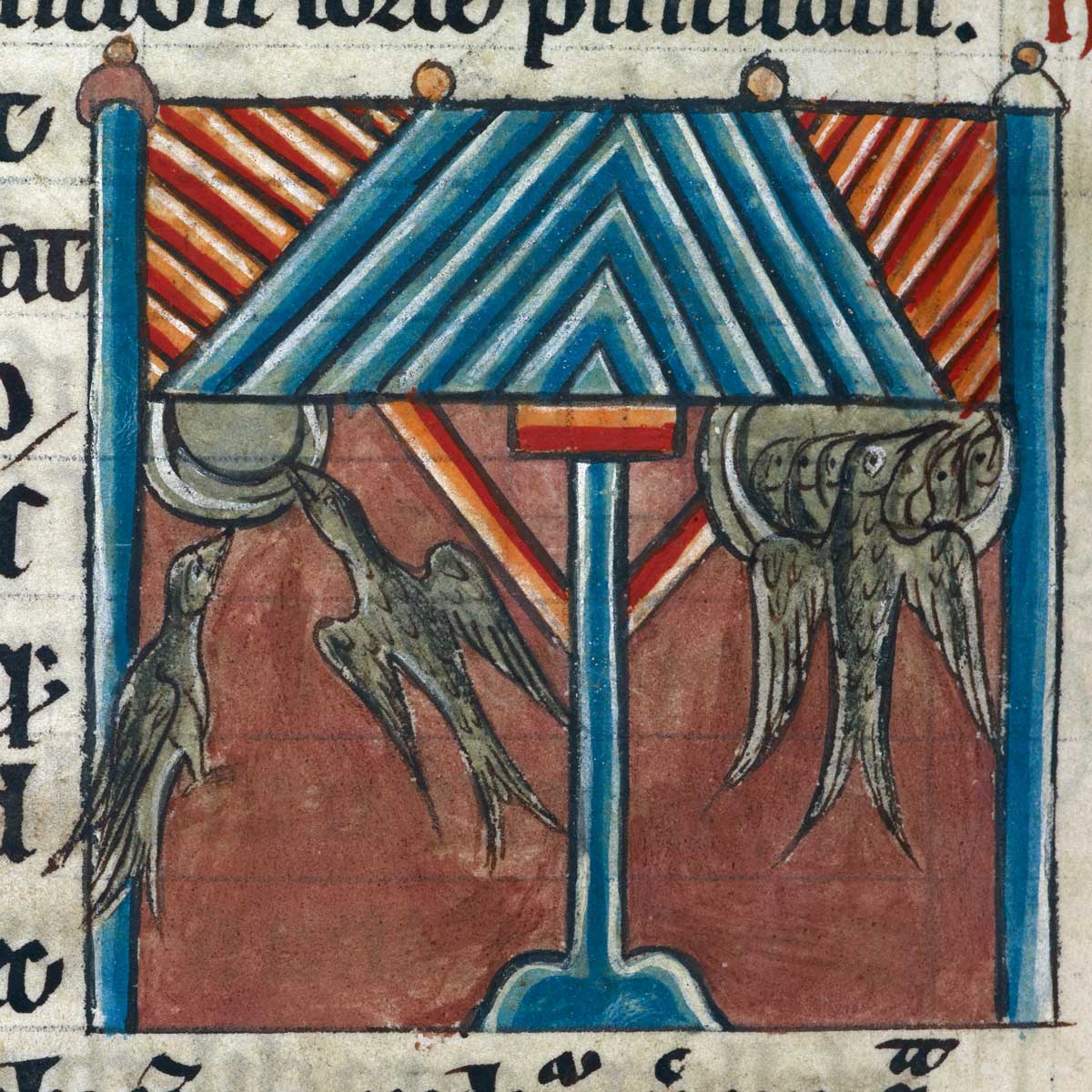
Such doubters were soon put straight, however. Recognising that observation could not prove a negative, John Hunter set out to test the hibernation theory experimentally. He first equipped an icehouse with artificial roots and a makeshift pond. Into this, he released 20 swallows at the end of autumn and waited to see if – and where – they would hibernate: all, however, died. It was grisly proof that Aristotle – and his method – had been wrong all along.
The swallow has landed?
This still left a problem. If swallows did migrate, where did they go? The mystery was infuriating. After such a bitter struggle to overcome the errors of Aristotelian science, it was galling that the Baconian method should have fallen short at the last hurdle. Everyone wanted to know the answer. In ‘The Swallow’ (1797) the poet Charlotte Smith imagined an ‘Indian sage’ who could speak the language of birds and wished that she, too, could ‘know from what wide wilderness’ swallows ‘came across the sea’.
Induction was not the only form of scientific reasoning, however. At the same time as Bacon had outlined his method in the Novum Organum, René Descartes had argued that, since the senses could be deceived, knowledge should not be based on observation alone, but deduced from first principles. This insight was particularly relevant to mathematics; but there were some who believed that deductive reasoning could also be brought to bear on the natural sciences. Charles Morton was among them. Though his idea that swallows flew to the moon was patently ridiculous, it was a sensible enough attempt to solve a problem that had eluded inductive reasoning by deductive means. Given the extent of scientific knowledge in the late 17th century, each step of his argument was perfectly logical; and, in the absence of any evidence to the contrary, it was difficult to disprove. It certainly wasn’t any less plausible than any other explanation – as many poets pointed out. In ‘Saturday; or, the Flights’ (1773) John Gay wrote that the moon was ‘where swallows in winter’s season keep’. Resignedly, John Dryden reflected that:
… whether upwards to the moon they go,
Or dream the winter out in caves below,
Or hawk at flies elsewhere, concerns us not to know.
In like fashion, Alexander Pope recognised that the swallow might just as easily be ‘in the moon’ as anywhere else.
Not until the 19th century was the mystery finally solved – by observation. As British rule in India became more established and European colonialism extended across the southern hemisphere, naturalists were able to witness swallows taking up their winter perches. By 1864, Algernon Charles Swinburne was able to assert with confidence that swallows fly ‘to the sun and the south’.
But how swallows find their way to the other side of the world is still something of a conundrum. Though it has recently been shown that they navigate by the Earth’s magnetic field, the means by which they perceive its fluctuations has not yet been established. Some have suggested that their eyes might be equipped with special receptions; others that hearing might be involved. The truth, however, remains elusive. Even after centuries of debate, we are still far from understanding the flighty swallow. As Charlotte Smith sighed in her poem:
Alas! how little can be known;
Her sacred veil where Nature draws;
Let baffled Science humbly own,
Her mysteries understood alone,
By Him who gives her laws.
Alexander Lee is a fellow in the Centre for the Study of the Renaissance at the University of Warwick. His latest book is Machiavelli: His Life and Times (Picador, 2020).



